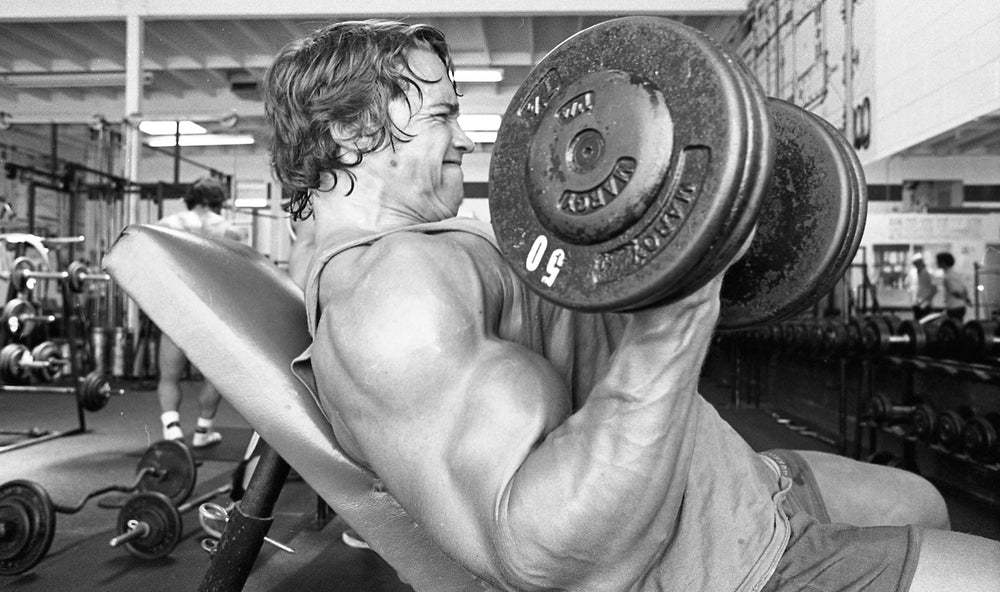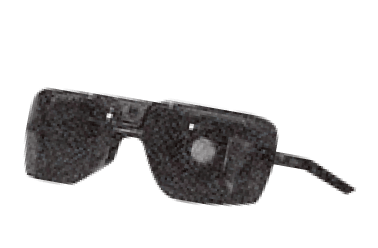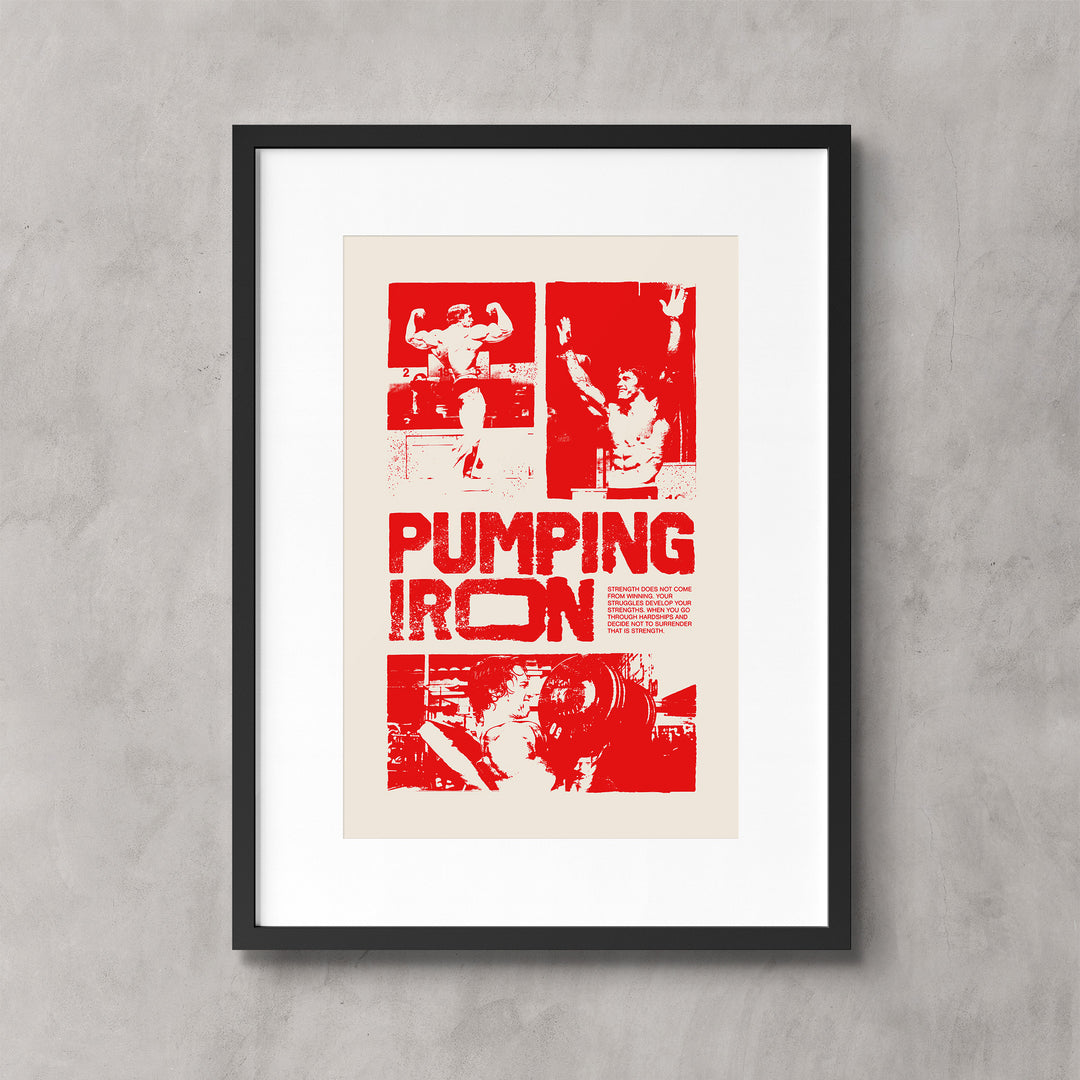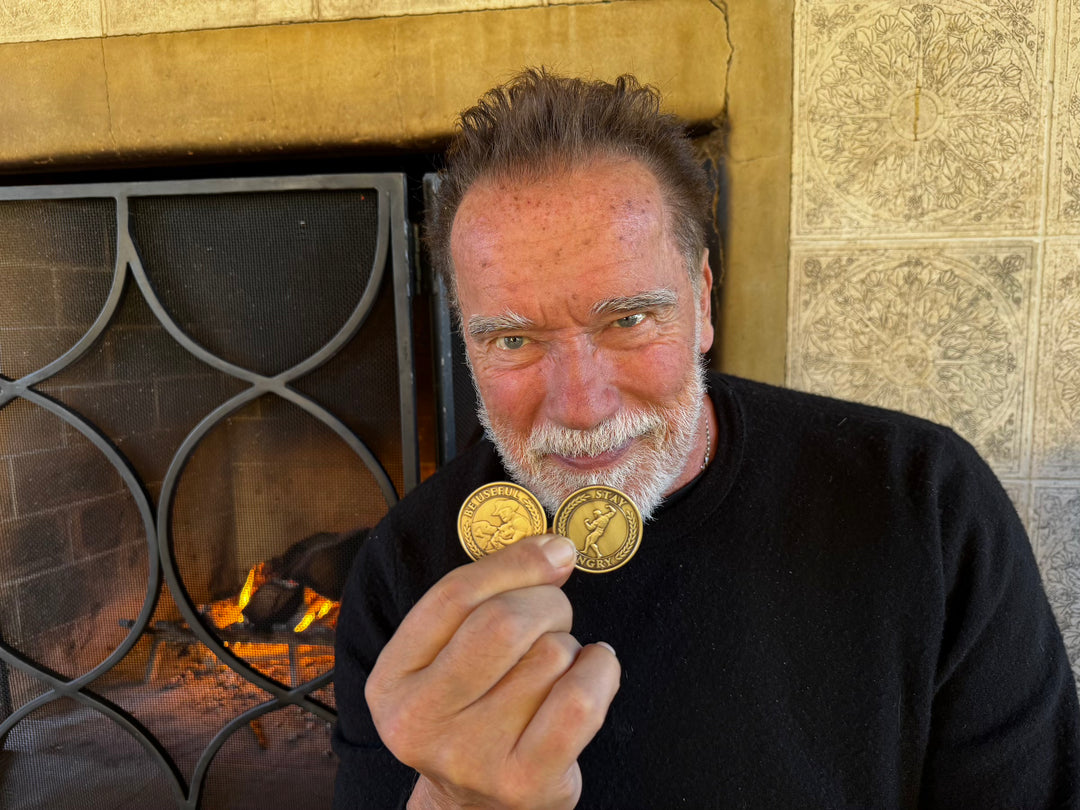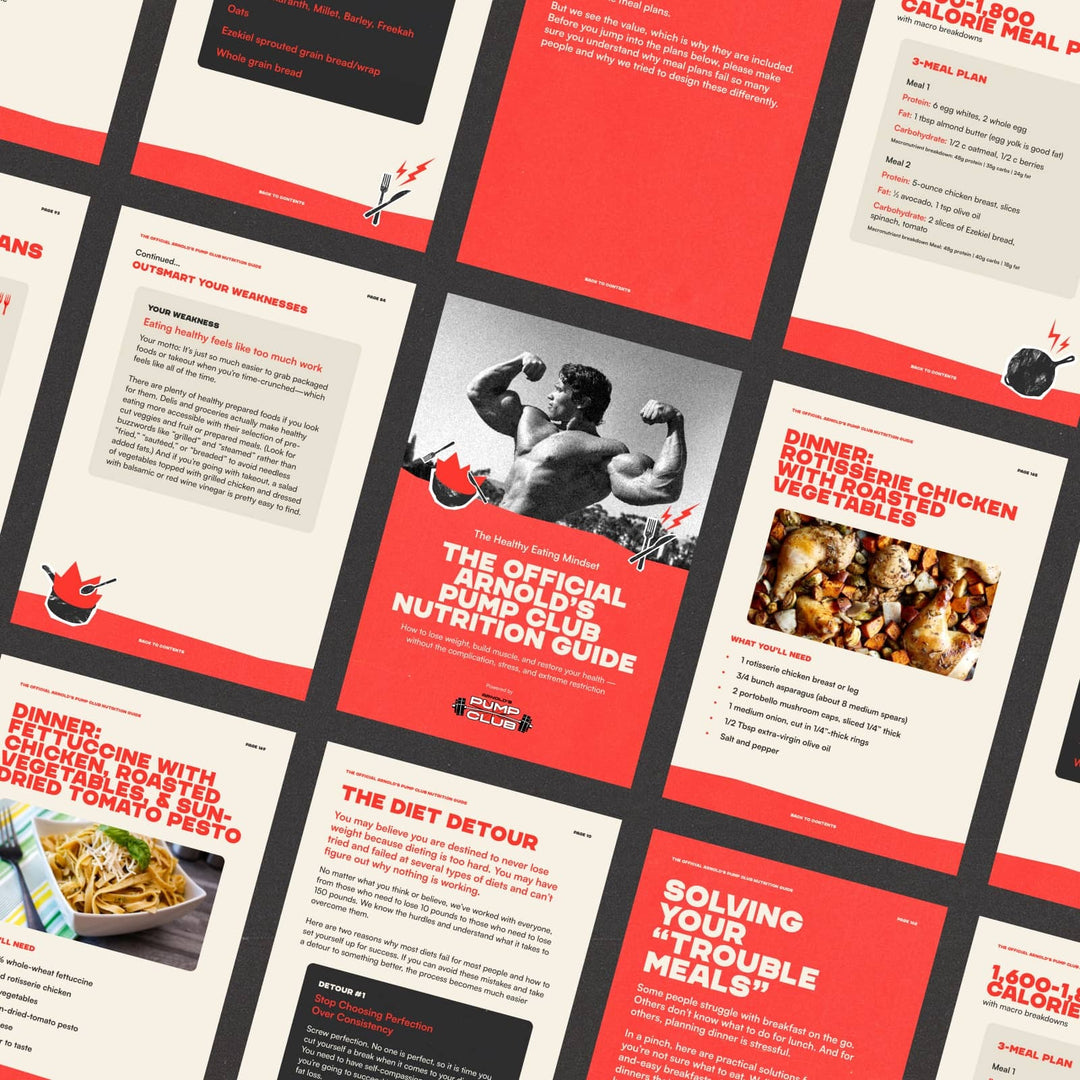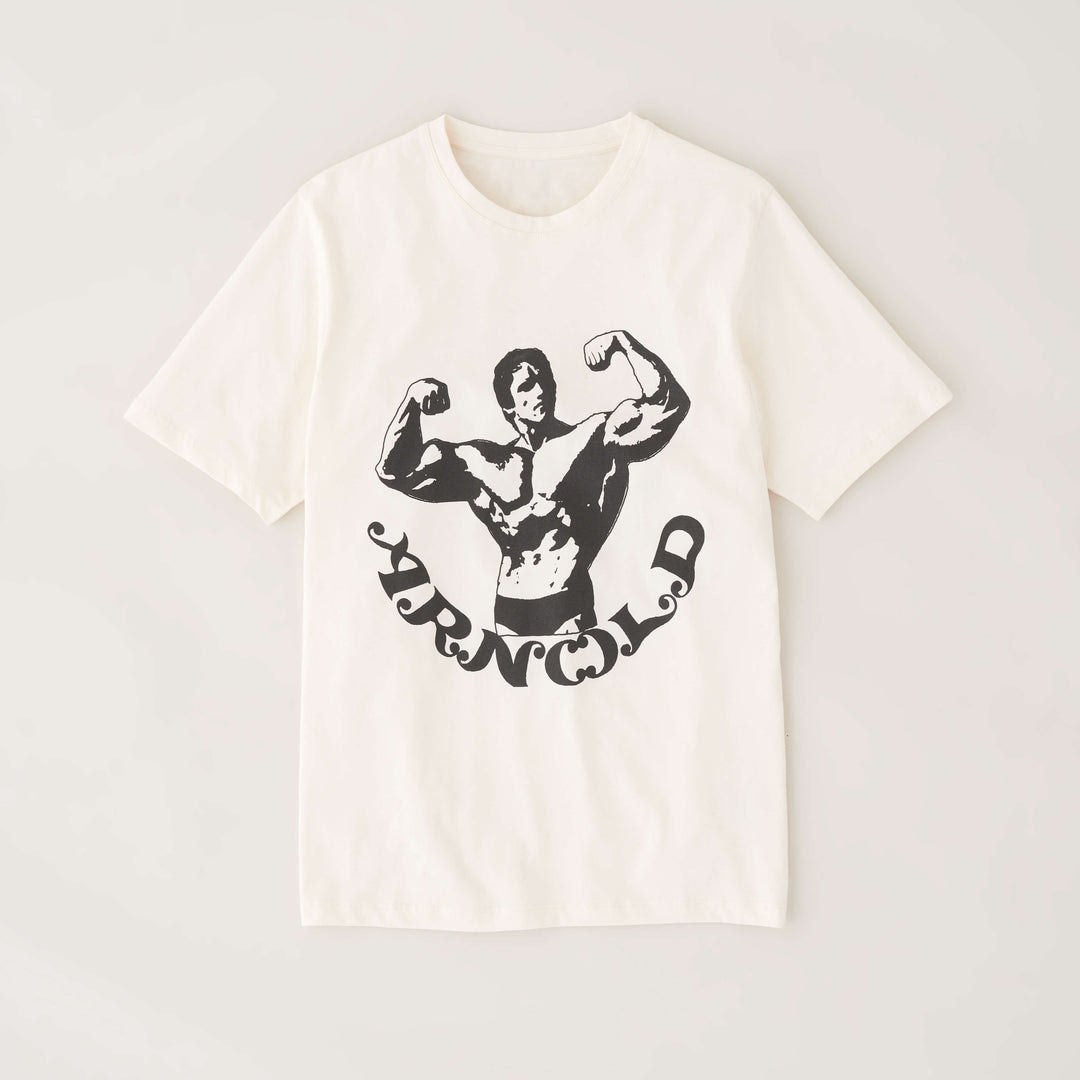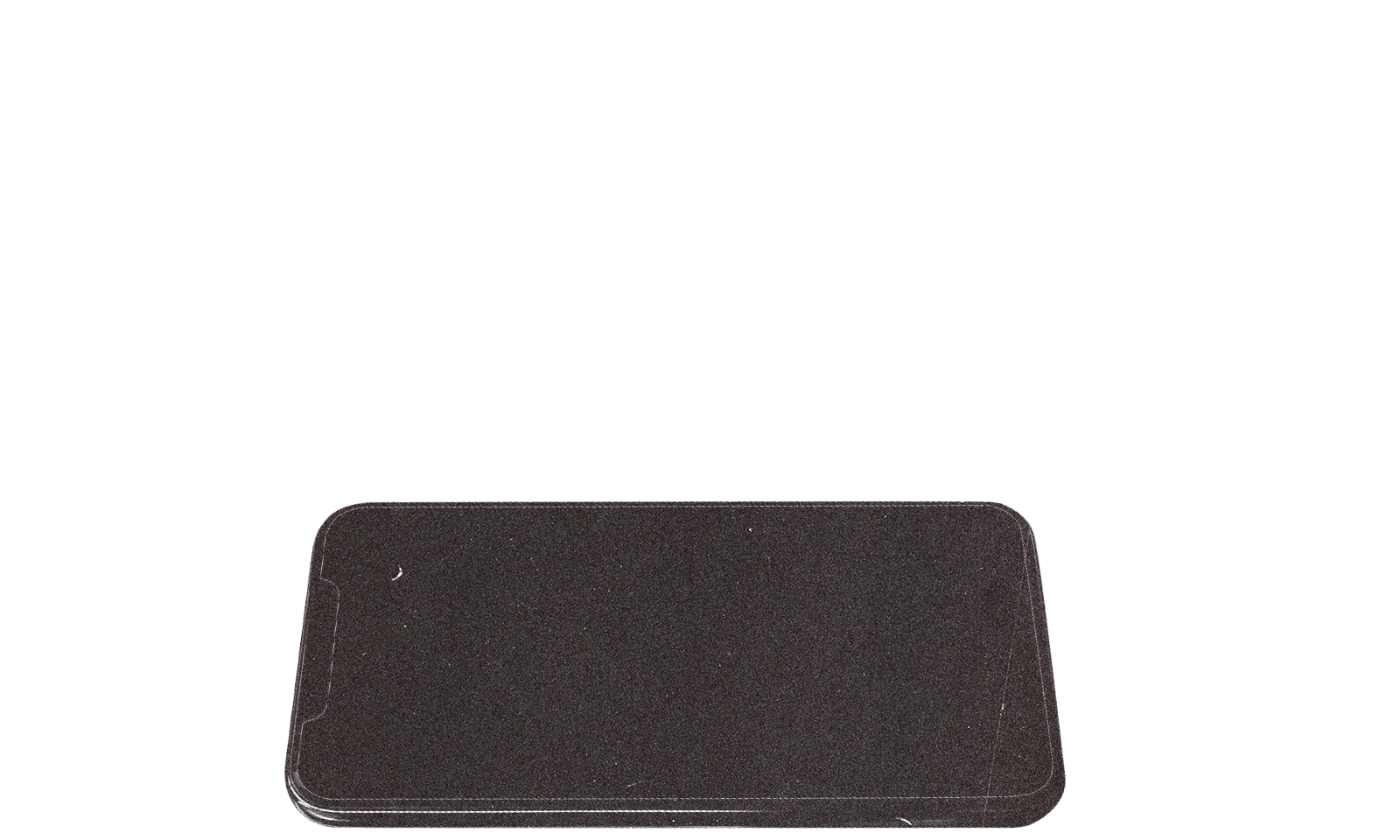Welcome to the positive corner of the internet. Here’s a daily digest designed to make you healthier in less than 5 minutes. If you were forwarded this message, you can get the free daily email here.
Today’s Health Upgrade
See you in the sauna
Recipe of the week
The mortality test
Want more stories from Arnold? Listen to Arnold's Pump Club podcast. It's like the daily newsletter, but with additional narration and thoughts from Arnold. You can subscribe on Apple, Spotify, Google, or wherever you listen to podcasts.
See You In The Sauna
Could a warmer body lead to a longer life?
Several studies now suggest that spending time in the sauna is associated with lower risks of cardiovascular disease and reduced mortality rates.
In one study, people who spent approximately 15 minutes in the sauna anywhere from four to seven times per week saw nearly a 50 percent reduction in fatal coronary heart disease. Another study found that 30 minutes of sauna reduced blood pressure and improved arterial function.
And then, most recently, scientists compared sedentary people with two different groups -- those who exercised and those who exercised and did 15 minutes of post-workout sauna. After 8 weeks, those who did the sauna saw additional cardiovascular benefits (compared to exercise and the control) and lower blood pressure.
While it’s unclear why saunas work, researchers speculate that short-term exposure to heat causes you to pump more blood, similar to what happens during exercise. Your blood vessels open, circulation improves, and your body experiences a stress reduction.
Spending time in a sauna appears to have many benefits, but consult your doctor if you have any underlying conditions.
Another Cup of Coffee? Yes, Please.
Many people worry too much coffee is a bad thing. But, science says caffeine does your body good.
Research from the UK suggests that people who drink coffee are less likely to have a stroke, or suffer from cardiovascular disease or dementia.
Arnold's morning routine starts with a cup of coffee. It's all he needs to feed the animals, bike to the gym, and work out. If you're looking for all the benefits of coffee but without the downsides, we recommend Four Sigmatic’s Think Coffee.
It’s everything you want from coffee — high-quality Arabica beans, great smell, incredible taste — and with the added benefits of sustained energy and mental focus without the jitters. Research suggests that lion’s mane, one of the mushrooms in Four Sigmatic Think Coffee, can help improve cognition in as little as 7 days.
We love taking care of the village, and that means extra savings. Click here for $45 OFF the Four Sigmatic Think starter kit. Plus, there's a money-back guarantee. That's how much we know it'll get the job done. Enjoy!

Note from Arnold: We believe in being transparent. Sometimes you'll see ads here, like the one above. You might ask why. First, the bigger this village gets, the more it costs. Second, I want my team to make money from it. We’ll never sell out and advertise any bogus magic pills; we'll bring you the stuff we feel can help the village and add value to your life.
Recipe of the Week: Daniel's Laziest Recipe
In the past month, I’ve traveled to Europe, gotten COVID, nearly burned out promoting FUBAR, and promoted the Arnold doc on Netflix. Cooking hasn’t been fancy. That’s OK! One night I even made old school Kraft max and cheese and my wife and I loved it.
This one is my go to “I want to cook but I don’t have time” meal. I’ll have it for lunch or dinner.
All you need is rice, kimchi, and eggs. If you have a little rotisserie chicken hanging around, that’s great too!
I use a rice cooker to make my rice -- the standard 2 cups water to 1 cup of rice works well. I’ll cook extra anytime I make rice and keep it in the refrigerator. That way I can do this in less than 5 minutes.
Instructions
Put 1 tablespoon of olive oil into frying pan and turn on low-medium (cooking eggs on lower heat always works best for me).
Scramble 2-3 eggs in bowl.
Throw your rice in the pan. I use 2 cups of cooked rice on lifting days (that’s 400 calories of rice) or 1 cup on off days (200).
Throw the eggs in the pan. Use a spatula to move the rice and eggs constantly. As the eggs start to look close to cooked into the rice, dump in as much kimchi as you’d like. If you want a protein boost, add some rotisserie chicken. Continue mixing constantly for one more minute.
That’s it. Most of the time this one is literally a 5 minute cook.
Can You Pass This Test?
The VO2 max test is one of the most challenging fitness tests, but research suggests it’s also one of the best ways to test all-cause mortality.
The VO2 max test is typically an intense 10 to 20-minute treadmill run where you push your body to maintain the highest intensity. While it might seem like punishment (and feel like it too), it’s a great indicator of cardiovascular health.
Research suggests that your VO2 max indicates mortality better than typical risk factors such as cholesterol, BMI, or blood glucose. One study found that people with a stronger VO2 max (the top one-third) had a 45 percent reduced risk for all-cause mortality compared to those with worse scores (the bottom one-third). And the reason is simple — your VO2 max is possibly the best test for measuring endurance and strength.
You usually need a bunch of fancy equipment to test your VO2 max. But researchers at Kent State developed an accurate way to test on your own. It’s just 10 minutes and a fun way to assess your fitness and give yourself a benchmark for improvement.
For the non-lab version of the VO2 Max test, follow the following guidelines from this Runner’s World article:
You will need:
A treadmill
A heart-rate monitor
A friend on hand for support/data collection
The guide below
Disclaimer: This is a very high-intensity test, so you should only undertake it if you are in good health and are already exercising regularly. If in doubt, always seek medical advice.
The Test
Warm up thoroughly first. When ready to begin, set the treadmill gradient to one percent.
Consulting the RPE (rate of perceived exertion) values (out of 20) in the box below, run for two minutes at the first level, then two minutes at the second, moving through all the blocks. As the test goes on, you will be working harder to try to honestly gauge your RPE on a moment-to-moment basis, adjusting the speed at any point to stay at the correct effort level.
The final two-minute stage should be an all-out effort. When it begins, increase the speed so that you are running as fast as you can. ‘This will cause fatigue very quickly, and you will probably slow down early on,’ says lead researcher Dr Lex Mauger. ‘You may even finish the test at walking speed. This is fine.’

Interpreting your results
Resting heart rate: Test your pulse at rest for 20 seconds and then multiply it by 3. This is your resting heart rate
Maximum heart rate: This will be your highest heart rate recording during the 10-minute test. So during the last phase, what was your heart rate?
Calculating Your VO2 max: Divide your maximum heart rate by your resting heart rate and multiply by 15.3. That's your VO2 max score. Use the chart below to determine the strength of your score.


